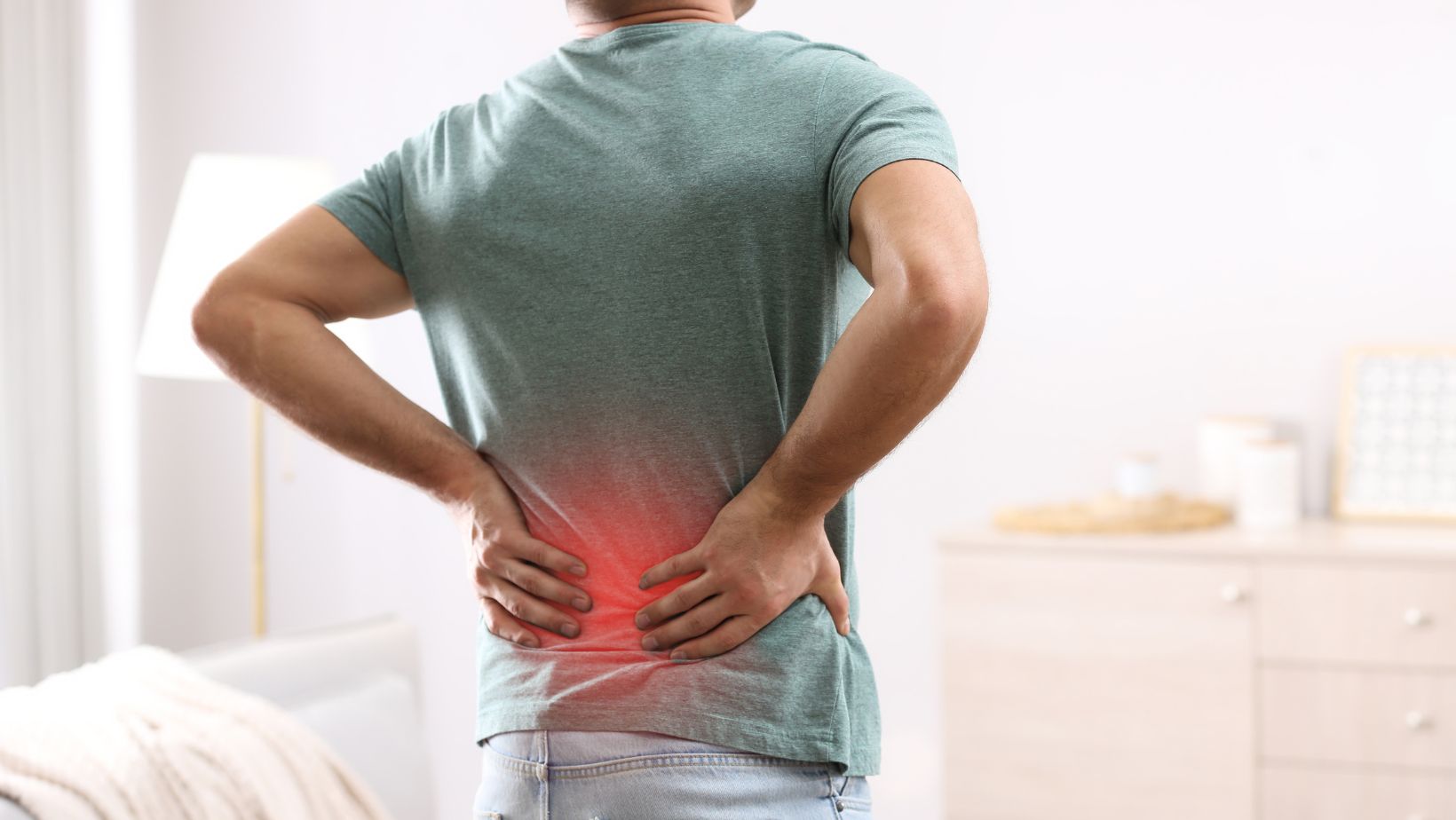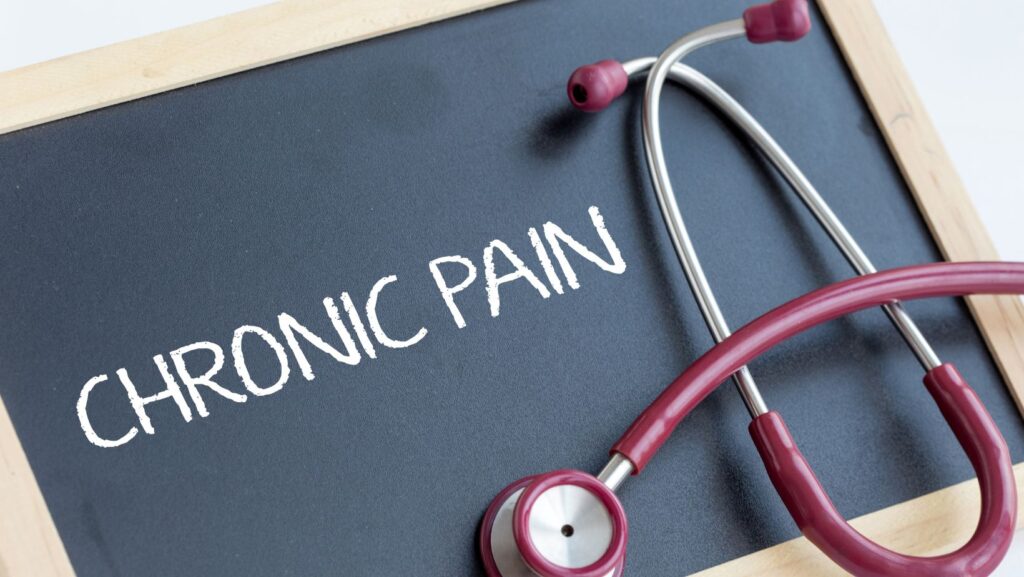Introduction
For years, opioids were the go-to treatment for chronic pain, but growing awareness of their risks—including addiction and overdose—has led many patients and healthcare providers to seek alternative solutions. Chronic pain affects millions of people worldwide, and while managing it without opioids can be challenging, several non-opioid treatments have shown promising results.
This article explores the reasons behind the shift away from opioids, alternative pain management strategies, and how patients are successfully managing chronic pain without relying on addictive medications.
The Shift Away from Opioids
1. The Risks of Opioid Use
Opioids, while effective in reducing pain, come with significant risks, including:
– Addiction and dependence: Long-term use increases the risk of addiction, with some patients developing opioid use disorder (OUD).
– Tolerance and increased dosage: Over time, patients may require higher doses to achieve the same relief, leading to a cycle of dependency.
– Overdose risk: According to the Centers for Disease Control and Prevention (CDC), opioid overdoses were responsible for nearly 75% of all drug-related deaths in 2020 (CDC, 2021).
– Side effects: Common opioid side effects include drowsiness, constipation, nausea, and mental fog.
2. Changes in Prescribing Practices
In response to the opioid crisis, healthcare providers have been encouraged to adopt safer pain management strategies. The Centers for Disease Control and Prevention (CDC) released updated opioid prescribing guidelines recommending non-opioid treatments as first-line therapy for chronic pain (CDC, 2022).
Non-Opioid Pain Management Strategies
1. Physical Therapy and Exercise
How it helps:
– Improves mobility and function
– Strengthens muscles to reduce strain on painful areas
– Releases endorphins, the body’s natural pain relievers
Many chronic pain patients work with physical therapists to develop customized exercise routines that improve flexibility, strength, and endurance while minimizing discomfort.
2. Cognitive Behavioral Therapy (CBT)
How it helps:
– Changes the way patients perceive and respond to pain
– Reduces anxiety and depression, which can worsen chronic pain
– Encourages the development of coping mechanisms
CBT is a proven method for helping patients manage the emotional and psychological aspects of chronic pain (American Psychological Association, 2021).

3. Mindfulness and Meditation
How it helps:
– Encourages relaxation and reduces stress
– Improves pain tolerance by shifting focus away from discomfort
– Helps regulate breathing and emotional responses to pain
A study published in JAMA Internal Medicine found that mindfulness-based stress reduction (MBSR) helped chronic pain patients experience long-term relief without medication (Cherkin et al., 2016).
4. Non-Opioid Medications
Several non-opioid medications effectively manage pain, including:
– NSAIDs (e.g., ibuprofen, naproxen): Reduce inflammation and pain
– Acetaminophen (Tylenol): Effective for mild to moderate pain
– Antidepressants (e.g., amitriptyline, duloxetine): Help manage nerve pain and associated mood disorders
– Anticonvulsants (e.g., gabapentin, pregabalin): Reduce nerve pain in conditions like fibromyalgia and diabetic neuropathy
5. Alternative Therapies
Many patients explore complementary treatments to manage pain, such as:
– Acupuncture: Stimulates specific points in the body to relieve pain
– Chiropractic Care: Aligns the spine and joints to reduce discomfort
– Massage Therapy: Relieves muscle tension and improves circulation
– Herbal and Dietary Supplements: Some patients find relief with turmeric, CBD oil, and magnesium
6. Lifestyle Changes and Diet
How it helps:
– Reducing inflammatory foods (e.g., processed sugar, refined carbs) can lower pain levels
– Staying hydrated and maintaining a healthy weight reduces pressure on joints
– Getting quality sleep improves the body’s natural healing process
Real Stories: How Patients Are Managing Without Opioids
1. Mary’s Journey with Fibromyalgia
Mary, a 52-year-old teacher, was diagnosed with fibromyalgia and initially relied on opioid medications. Concerned about addiction risks, she transitioned to a combination of physical therapy, acupuncture, and yoga. Over time, she regained mobility and significantly reduced her pain levels.
2. John’s Recovery from a Back Injury
John, a 45-year-old construction worker, suffered a severe back injury that led to chronic pain. After struggling with opioid side effects, he worked with his doctor to implement CBT, massage therapy, and NSAIDs into his routine. He now manages his pain effectively without relying on opioids.
3. Sarah’s Neuropathy Treatment
Sarah, a 60-year-old retiree, developed diabetic neuropathy and was prescribed opioids for nerve pain. Wanting a safer approach, she adopted a low-inflammatory diet, mindfulness techniques, and gabapentin. Her pain improved, and she regained her quality of life.
The Importance of Individualized Pain Management
No single approach works for everyone. Effective pain management without opioids requires a personalized plan tailored to an individual’s condition, lifestyle, and pain tolerance. By working closely with healthcare providers, chronic pain patients can find sustainable relief without the risks of addiction.
Conclusion
Managing chronic pain without opioids is possible through a combination of physical therapy, cognitive behavioral therapy, alternative treatments, non-opioid medications, and lifestyle changes. While opioids were once the standard for pain management, many patients now successfully control their symptoms using safer, long-term solutions.

With continued education, access to alternative therapies, and supportive healthcare professionals, chronic pain patients can achieve relief without the risks associated with opioid use. The shift towards holistic pain management is not just a response to the opioid crisis—it’s a movement toward safer, healthier, and more effective treatment options.
References:
– American Psychological Association (APA). (2021). Cognitive Behavioral Therapy for Pain Management.
– Centers for Disease Control and Prevention (CDC). (2021). Drug Overdose Deaths Involving Opioids.
– Centers for Disease Control and Prevention (CDC). (2022). Guidelines for Prescribing Opioids for Chronic Pain.
– Cherkin, D. C., Sherman, K. J., Balderson, B. H., et al. (2016). Effect of Mindfulness-Based Stress Reduction on Chronic Low Back Pain. JAMA Internal Medicine.

